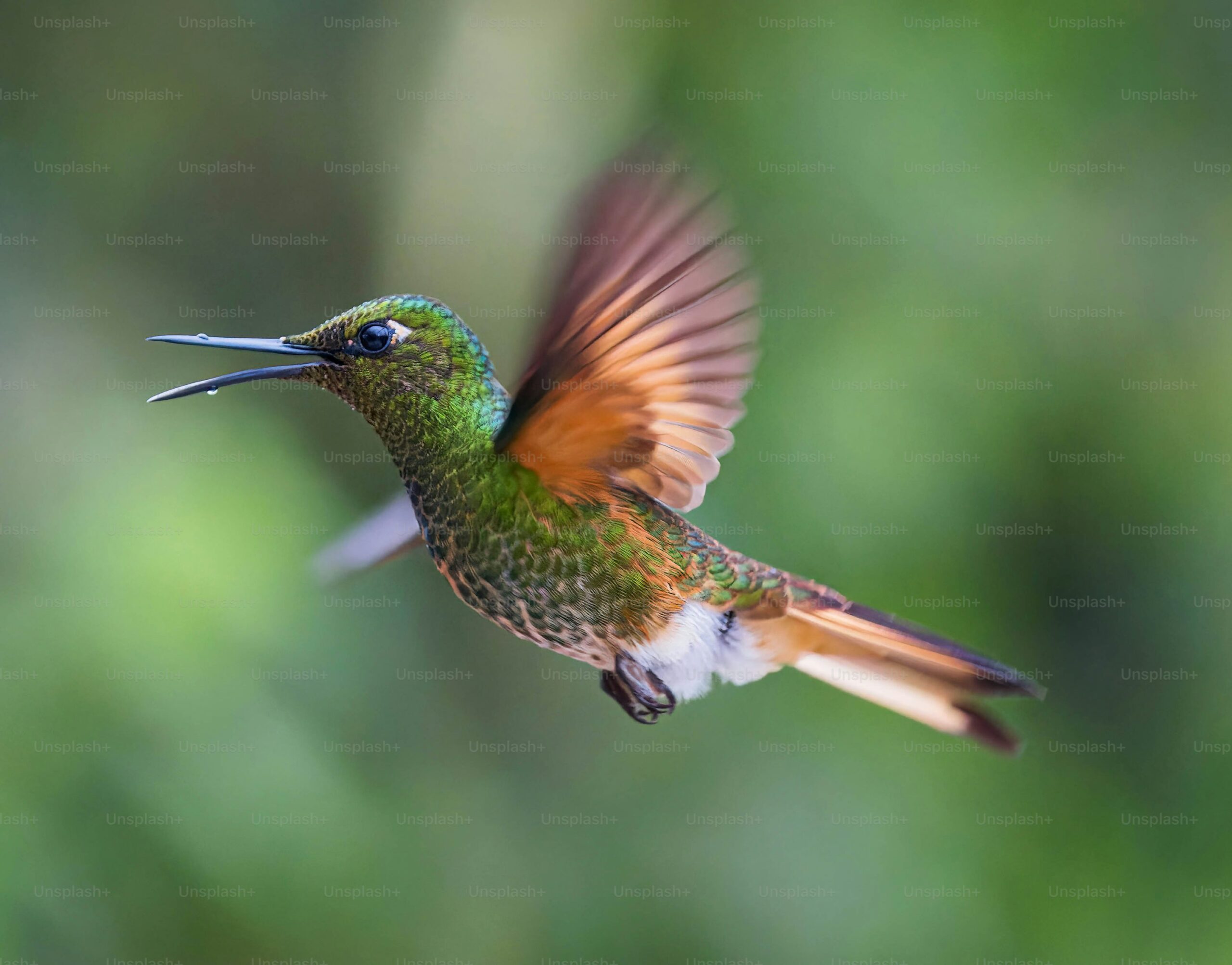Photographing hummingbirds can be a rewarding yet challenging experience for any photographer. These tiny, fast-moving birds are a delight to capture on camera due to their vibrant colors and unique behaviors. To help you improve your hummingbird photography skills, here are some valuable tips to consider.
1. Choose the Right Equipment
When photographing hummingbirds, having the right equipment can make a significant difference in the quality of your images. A camera with a fast shutter speed is essential to freeze the rapid movements of these birds. A telephoto lens with a focal length of at least 300mm is recommended to capture detailed shots from a distance without disturbing the hummingbirds.

2. Select the Ideal Location
Hummingbirds are commonly found near flowers, feeders, or in gardens with blooming plants. Choose a location where hummingbirds frequently visit to increase your chances of capturing them in action. Position yourself strategically to have a clear view of the birds without obstructing their natural habitat.

3. Understand Hummingbird Behavior
To anticipate the movements of hummingbirds and capture unique shots, it’s essential to understand their behavior. Hummingbirds are territorial and often follow specific flight patterns. Observe their habits, such as feeding, hovering, or chasing each other, to predict their next actions and adjust your camera settings accordingly.

4. Use Natural Light to Your Advantage
Lighting plays a crucial role in photography, and natural light can enhance the beauty of hummingbird images. Avoid harsh midday sun and opt for early morning or late afternoon light for softer and more flattering results. Position yourself with the light source behind you to illuminate the hummingbirds effectively.

5. Practice Patience and Persistence
Photographing hummingbirds requires patience and persistence as these birds are constantly in motion. Be prepared to spend time waiting for the perfect moment to capture a stunning shot. Stay focused, be ready to adjust your settings quickly, and don’t get discouraged if you don’t succeed on your first attempt.

6. Experiment with Different Angles and Compositions
To create visually appealing hummingbird photos, experiment with various angles and compositions. Try shooting from different perspectives, such as eye-level or from above, to showcase the birds’ unique features. Explore creative compositions by including elements like flowers, branches, or blurred backgrounds to add interest to your images.

7. Edit and Enhance Your Photos
After capturing your hummingbird images, take the time to edit and enhance them using photo editing software. Adjust the exposure, contrast, colors, and sharpness to bring out the best in your photos. Crop the images if needed to focus on the hummingbirds and remove any distractions in the frame.

Conclusion
Photographing hummingbirds can be a challenging yet rewarding experience for photographers of all levels. By following these tips and practicing regularly, you can improve your skills and capture stunning images of these fascinating birds in their natural habitat. Remember to be patient, observe their behavior, and experiment with different techniques to create unique and captivating hummingbird photos. Enjoy the process and embrace the beauty of nature through your lens.
